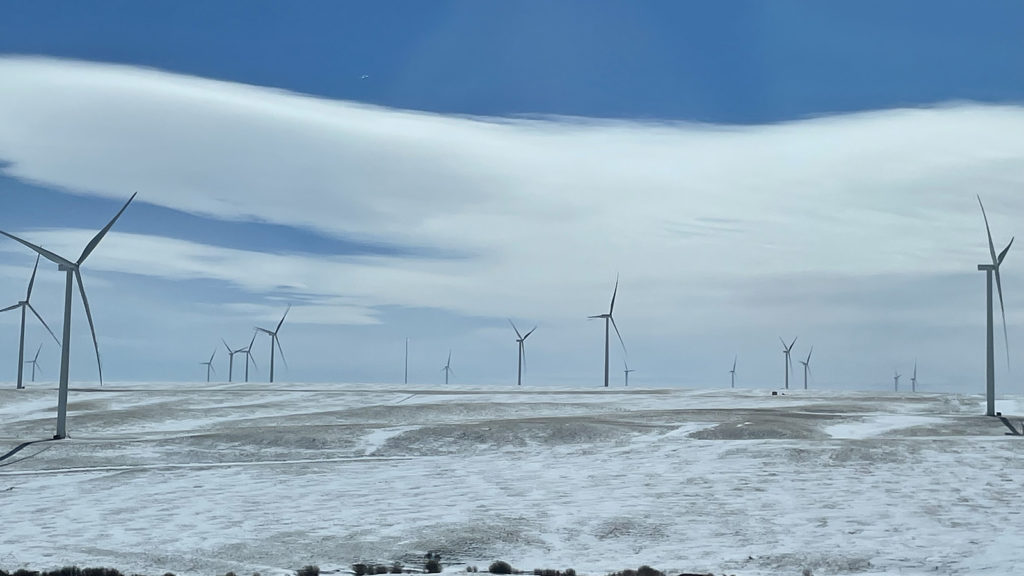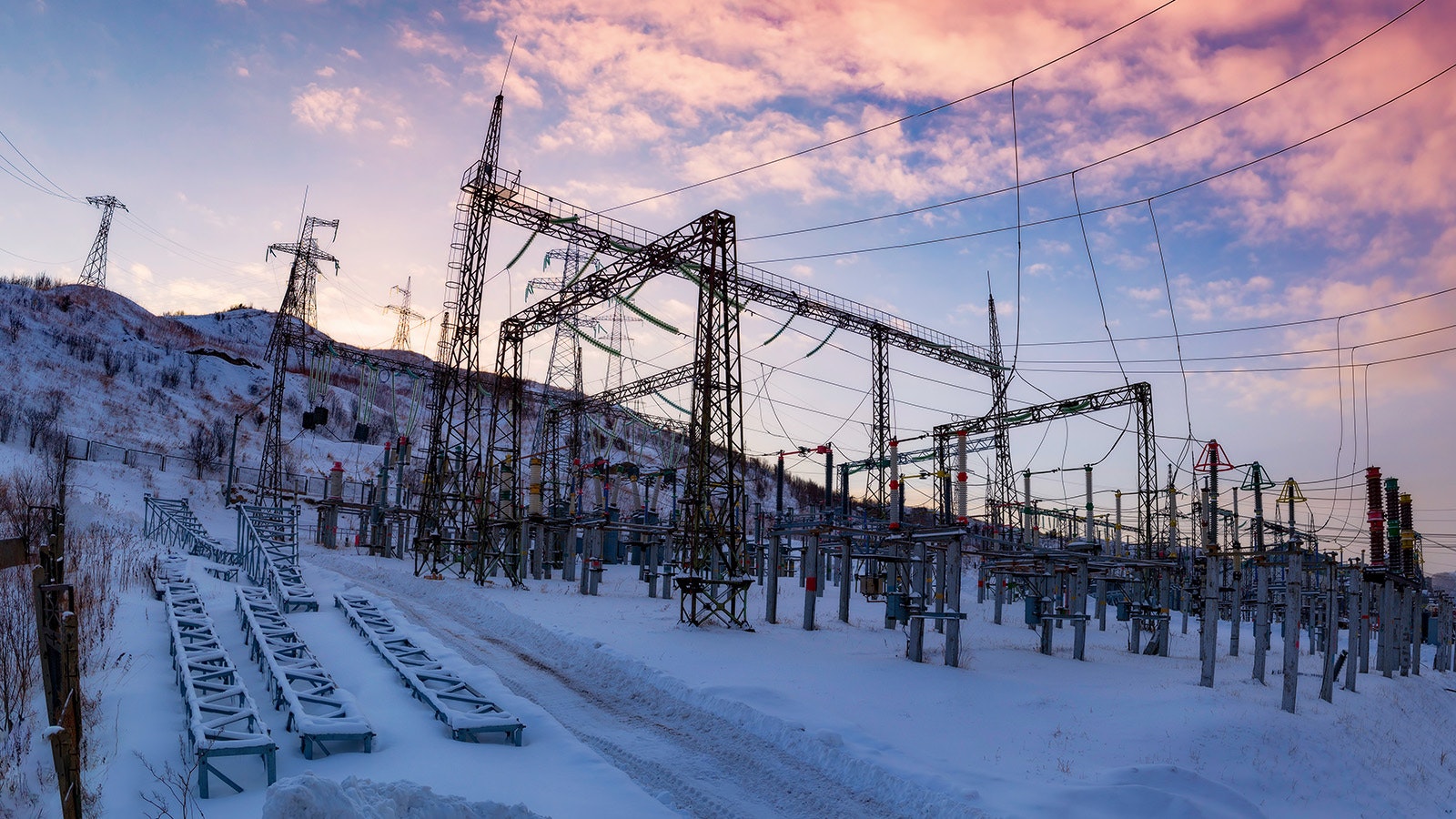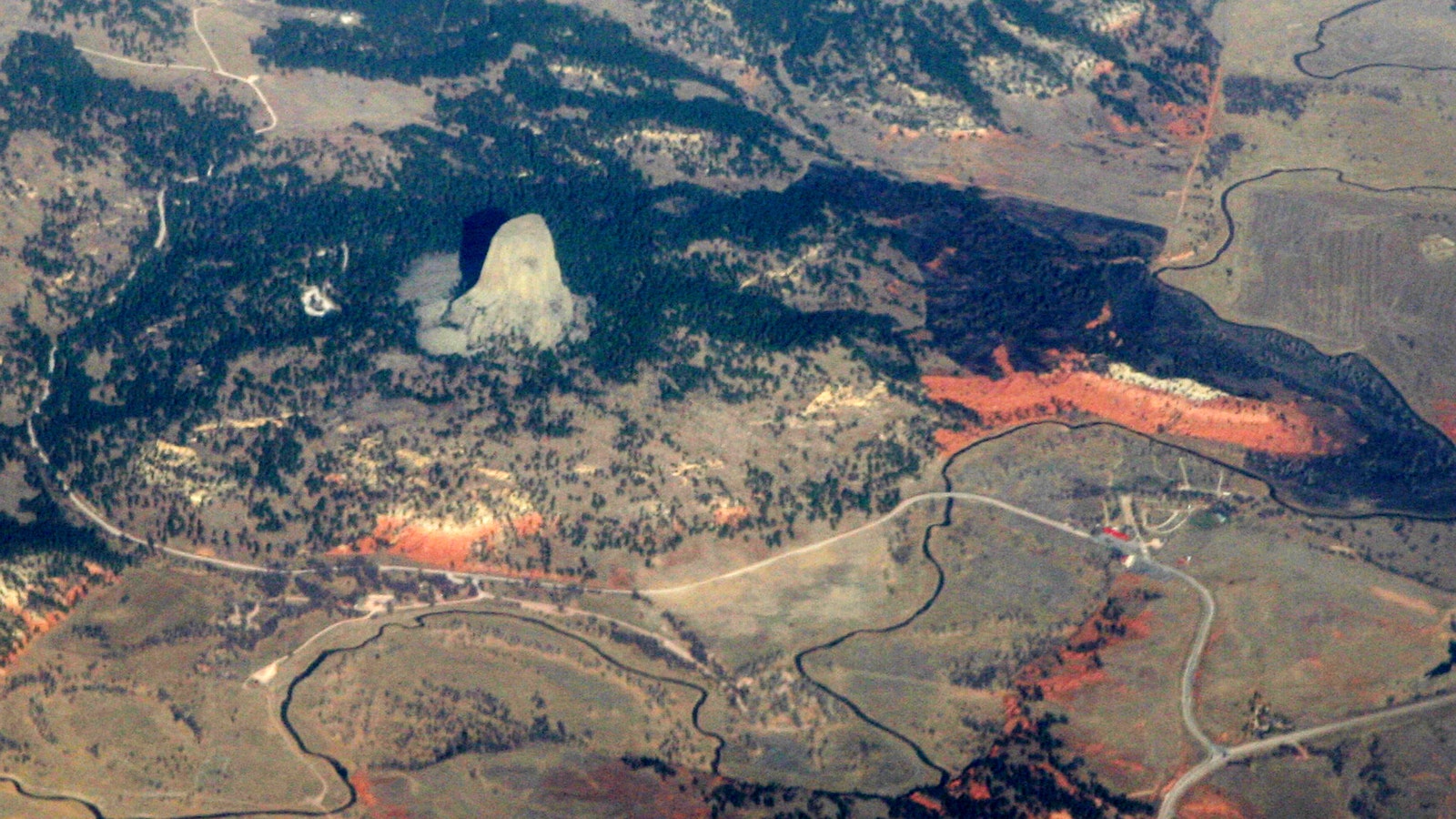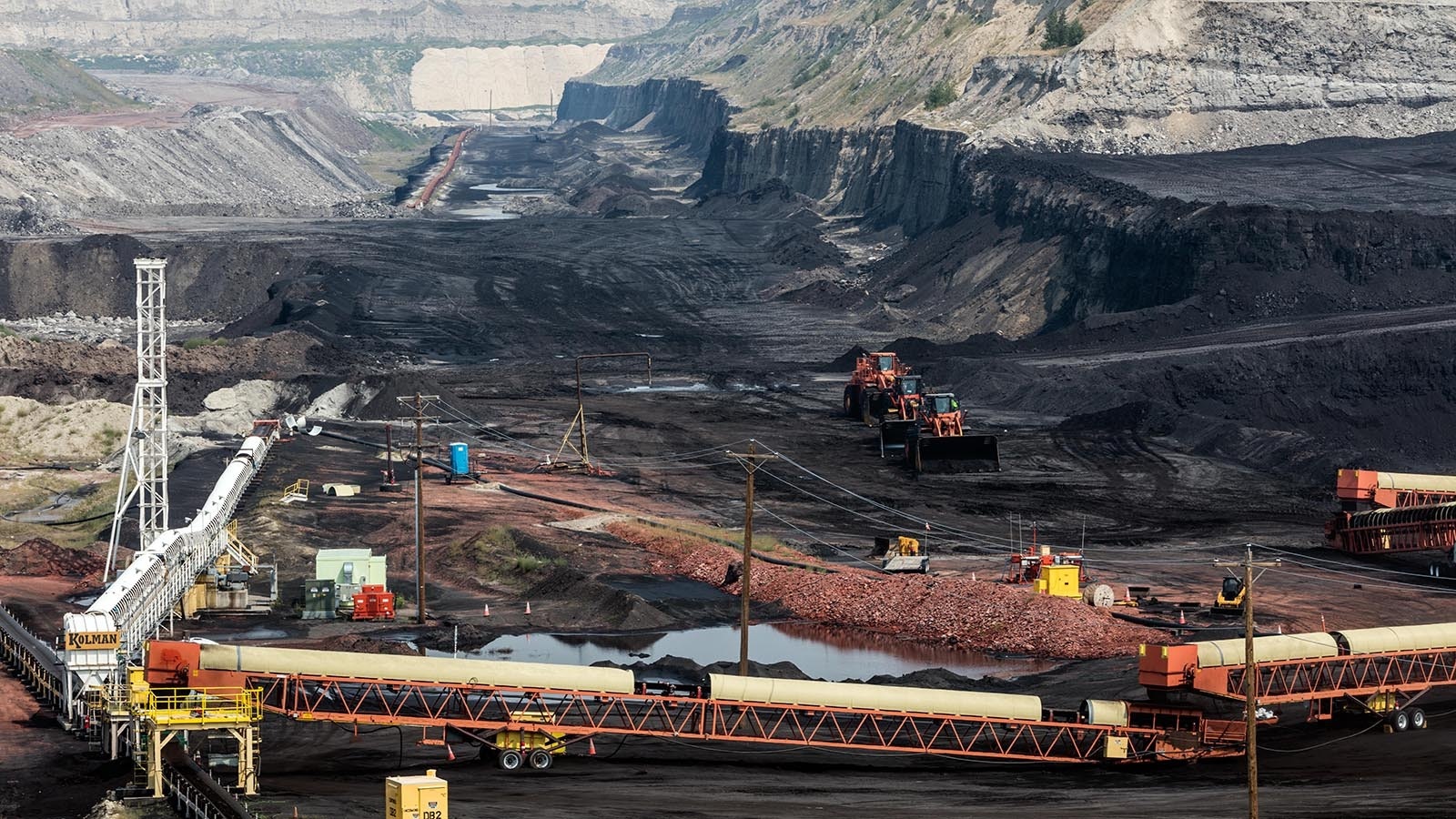Residents in eastern states were told Christmas morning to turn down their thermostats and shut off their Christmas lights to avoid blackouts, and as demand for heating surged in the southeast, blackouts rolled across the region.
Wyoming utilities managed to keep the lights on for Cowboy State residents.
But Andy Buntrock, vice president of strategic planning and communications for Basin Electric Cooperative, said the Southwest Power Pool, which oversees energy resources that supply parts of Wyoming, came close to losing power during the winter storm last Wednesday that brought record cold to much of Wyoming.
Close To Darkness
The North American Electric Reliability Corp., a nonprofit organization that manages and evaluates the United States power grid, has an energy emergency alert system with three levels for resource inadequacy, where supplies of power fall close to or below demand.
At Energy Emergency Alert 1 (EEA1), consumers are encouraged to conserve energy. At EEA2, consumers are again urged to conserve as the system comes closer to failure. At EEA3, utilities are told to prepare for rotating power outages.
Twice on Dec. 23, the Southwest Power Pool hit EEA1. The Midcontinent ISO (MISO), which supplies power to a dozen states in the Midwest, hit EEA2 once on Dec. 23 as well, Buntrock said.

Prepared
Lee Boughey, a spokesperson for Tri-State Electric Generation and Transmission Association, said the nonprofit, which provides power to eight electric cooperatives across Wyoming, planned for the impacts of the storm as it approached.
They anticipated higher demand from member utilities in Colorado, Nebraska and Wyoming, and Tri-State prepared for wind energy resources to decline.
For safety, during extremely high winds, wind turbines will stop running and feather their blades. Icing also can cause turbines to stop running.
According to energy mix data from the Southwest Power Pool, as the storm began to move through Wyoming on Dec. 23, at 3 p.m., wind energy resources began to drop. Within 24 hours, wind energy resources were about 25% what they were prior to the storm.
They didn’t begin to rise again until Christmas morning.
Dispatchable Resources
To compensate for the decline in wind energy, Tri-State turned to its fossil fuel and hydroelectric resources to keep the lights on.
To reduce risk of difficult starts in extreme cold, Boughey said Tri-State ran combustion turbines continuously.
For public-health reasons, natural gas is prioritized over other electrical generation. To prepare for potential gas pipeline curtailment or natural gas price spikes, Tri-State had dual-fueled turbines available, which are turbines that run on natural gas or diesel fuel.
They also tapped into more hydroelectric contracts.
The company continued to monitor the grid through the storm, Boughey said, in case conditions changed and reliability began to falter.
“We experienced some gas pipeline restrictions, some wind resource curtailments due to icing, and occasional thermal unit curtailments — all of which were typical events in extreme cold weather,” Boughey said.
Dispatchable resources, which are power plants that can be available on demand — unlike intermittent sources like wind and solar — were critical to maintaining grid reliability.
“Currently, our dispatchable resources are made up of almost solely thermal power plants powered by natural gas/fuel oil and coal,” Boughey said.
The Big Three
Buntrock said Basin Electric’s “all-of-the-above” strategy kept the lights and heat going through the storm for its members.
The cooperative maintains a mix of about 30% to 40% coal-fired electrical generation, 21% natural gas-fired electrical generation and then about 25% wind, when available. It also has a bit of hydroelectric and other resources.
“The big three are the coal, the natural gas and the wind. And obviously, the wind doesn’t always blow,” Buntrock said.
High Risk
In its 2022 Long-Term Reliability Assessment released earlier this month, NERC warned that America’s grid is becoming dangerously low on resources and at “high risk” for more blackouts, especially during extreme weather events.
California and MISO were assessed to be under high risk, while the Southwest Power Pool and the U.S. Northwest grid, which covers all of Wyoming, were assessed to be at elevated risk.
While the report cited a number of reasons for the risk, retirement of more electrical generation than was being added and over reliance on intermittent resources, such as wind and solar, were primary causes for energy shortfalls.





